China is building up its military. What are its goals?
China already has the world's largest fighting force. Now Beijing is pouring resources into its nuclear arsenal.
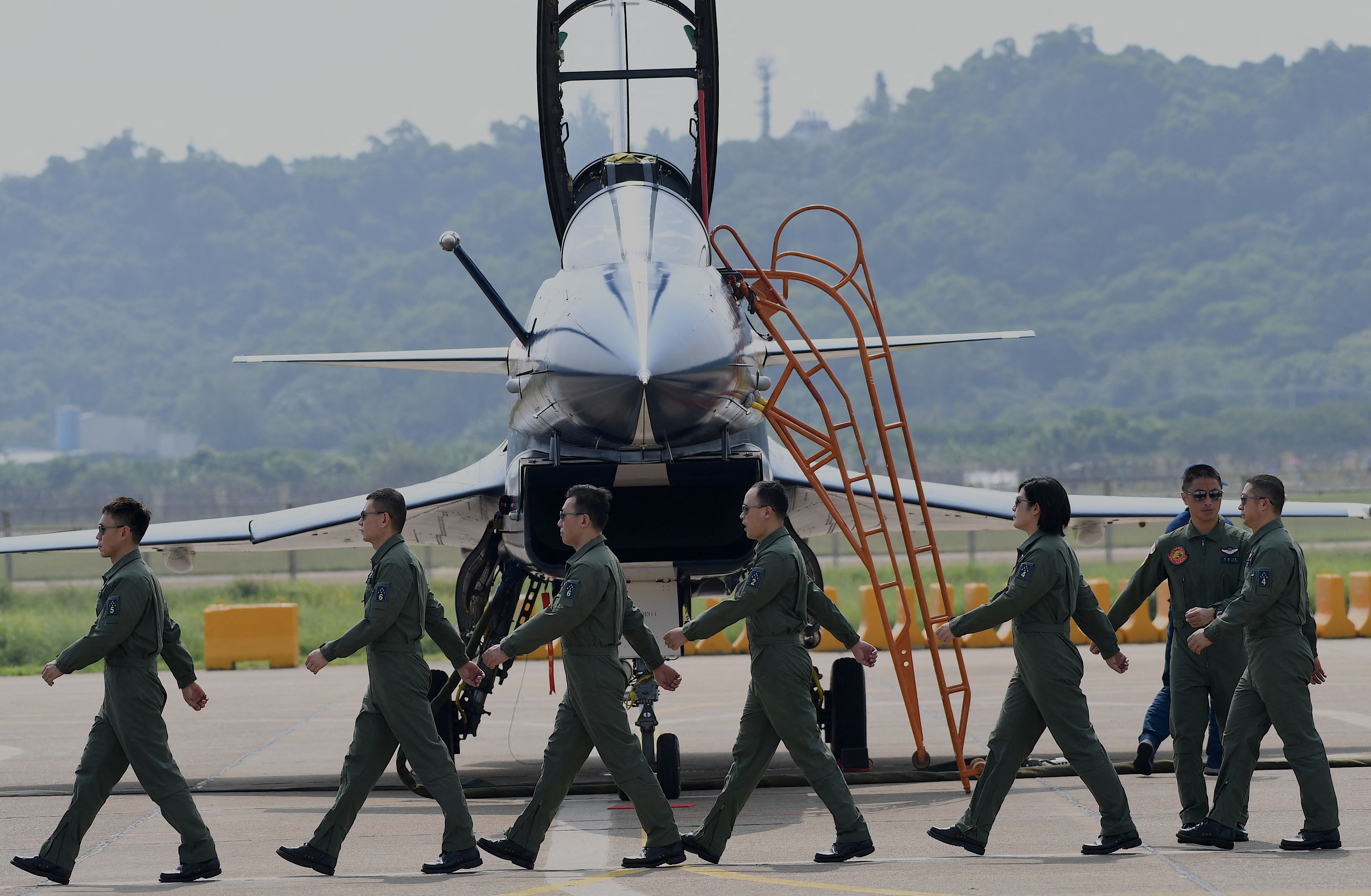
China is testing hypersonic missiles and building new nuclear missile silos. What are its goals? Here's everything you need to know:
What has China been doing?
Already in possession of the world's largest fighting force of some 2.2 million troops, China has begun pouring resources into its nuclear arsenal. While it long had about 20 silo-based intercontinental ballistic missiles and some 200 warheads overall as a nuclear deterrent, new satellite images show China has been rapidly building hundreds more silos to potentially fill with nuclear missiles. The Pentagon believes its warheads will double to 400 in the next decade. That's on top of a weapons construction spree that has seen China's navy exceed that of the U.S. in number of ships — although many of them are smaller, less potent vessels — while its air force has built some 200 advanced J-16 fighter jets and J-20 stealth jets in the past six years. Its latest military budget of $209 billion is some 7 percent higher than the previous year's, and three times those of No. 3 and No. 4, India and Russia. To flex its new muscles, China recently sent some 150 planes into Taiwan's air defense zone and encircled Japan with its warships. "They are clearly challenging us regionally," said Gen. Mark Milley, chairman of the Joint Chiefs of Staff, "and their aspiration is to challenge the United States globally."
The Week
Escape your echo chamber. Get the facts behind the news, plus analysis from multiple perspectives.

Sign up for The Week's Free Newsletters
From our morning news briefing to a weekly Good News Newsletter, get the best of The Week delivered directly to your inbox.
From our morning news briefing to a weekly Good News Newsletter, get the best of The Week delivered directly to your inbox.
Why now?
The buildup is the work of President Xi Jinping, who set a goal of 2049 for China to be able to "fight and win" a major war with the U.S. Xi has made the restoration of Chinese sovereignty over all its former lands a top priority and a unifying theme for the nation's citizens. Textbooks focus on China's past military humiliations and assert the need for strength; the country sees itself surrounded in the Pacific by U.S. allies Japan, South Korea, Taiwan, and the Philippines. Xi said in 2018 that China "cannot lose even one inch of the territory left behind by our ancestors," and since then China has crushed Hong Kong's autonomy and warned that "reunification" with Taiwan "must be fulfilled"— by force if necessary. Because the U.S. intends to build up its forces in the Pacific by 2030, some analysts believe China might invade Taiwan in the next five years. Right now, the U.S. military is still vastly more powerful than China's, but China is attempting to get ahead in new technologies, such as hypersonic missiles.
What are hypersonic missiles?
Hypersonic glide vehicles, launched from rockets in orbit, travel more than 3,800 mph at a low trajectory and with maneuverability, so they can potentially evade traditional missile detection and defense. In August, China tested such a nuclear-capable missile, which partially orbited Earth before landing some 24 miles off target. Some independent arms experts say that hypersonic weapons are not game changers, because in real-world conditions, they probably can be detected as quickly as ICBMs. But the Pentagon worries that China is seeking the capacity for a surprise attack. Milley called the test "very close" to "a Sputnik moment"— referring to the 1957 satellite launch that revealed Soviet superiority in space technology. The U.S. is currently pursuing six hypersonic programs across the Air Force, Army, and Navy.
A free daily email with the biggest news stories of the day – and the best features from TheWeek.com
What are China's weaknesses?
The main criticism of China's military is that, while it has invested in flashy hardware, its troop training is weak and the soldiers operating the weapons are inexperienced. "Corruption and an outdated command structure have left a very negative impact on the army," says Shi Yang, a Beijing-based Chinese military analyst. Some analysts believe that China's one-child policy, repealed in the past few years, has left it with soldiers reluctant to leave their parents without descendants. China's military has seen almost no combat since 1979, and its various armed forces have little experience working together. That may be why it is actively seeking partnerships.
With which countries?
China's only formal ally is North Korea, which has nuclear weapons but is desperately poor. But ever since China launched its first joint exercise with Russia in 2003, those countries' two militaries have been cooperating more and more, and in the past few months that partnership took a leap. In August, some 10,000 Chinese and Russian troops carried out war games in north-central China to test new weapons systems, and in October, they conducted elaborate joint naval exercises involving 10 warships menacing Japan and simulating attacks on U.S. submarines. While Moscow and Beijing have no mutual defense treaty, they do have the common aim of containing the U.S., and a war against both simultaneously would be nightmarish.
What are the ramifications?
Ever since the U.S. pulled out of the Anti-Ballistic Missile Treaty in 2001, an arms race has been effectively underway with Russia and China. Beijing shows no interest in arms control talks, so continued buildups on all sides are likely, and the more weapons, the greater the likelihood of purposeful or inadvertent use. Meanwhile, China's ambition to absorb Taiwan is clear. If China attacks, says retired Lt. Col. Daniel Davis, "the worst case is a conventional war spirals out of control — and escalates into a nuclear exchange."
The U.S.'s military edge
The U.S. still has by far the world's biggest and most experienced military, as well as the most powerful and advanced nuclear arsenal. Its 1.4 million soldiers have been fighting nearly continuously for the past 20 years, and the various forces have a lot of experience working in close coordination. With an annual defense budget of $733 billion, the U.S. spends more than three times what China does and 12 times as much as Russia. It has 11 aircraft carriers to China's three, and its carrier groups have decades of experience in battle, while China's have none. Still, critics point out that such dominance did not prevent failure in Vietnam and Afghanistan. And until the U.S. repositions its forces from Europe to Asia, China has home-field advantage in the Pacific. Whenever the RAND think tank conducts war games for the Pentagon simulating a conflict in the South China Sea, said analyst David Ochmanek, the U.S. "gets its ass handed to it."
This article was first published in the latest issue of The Week magazine. If you want to read more like it, you can try six risk-free issues of the magazine here.
-
 Bari Weiss’ ‘60 Minutes’ scandal is about more than one report
Bari Weiss’ ‘60 Minutes’ scandal is about more than one reportIN THE SPOTLIGHT By blocking an approved segment on a controversial prison holding US deportees in El Salvador, the editor-in-chief of CBS News has become the main story
-
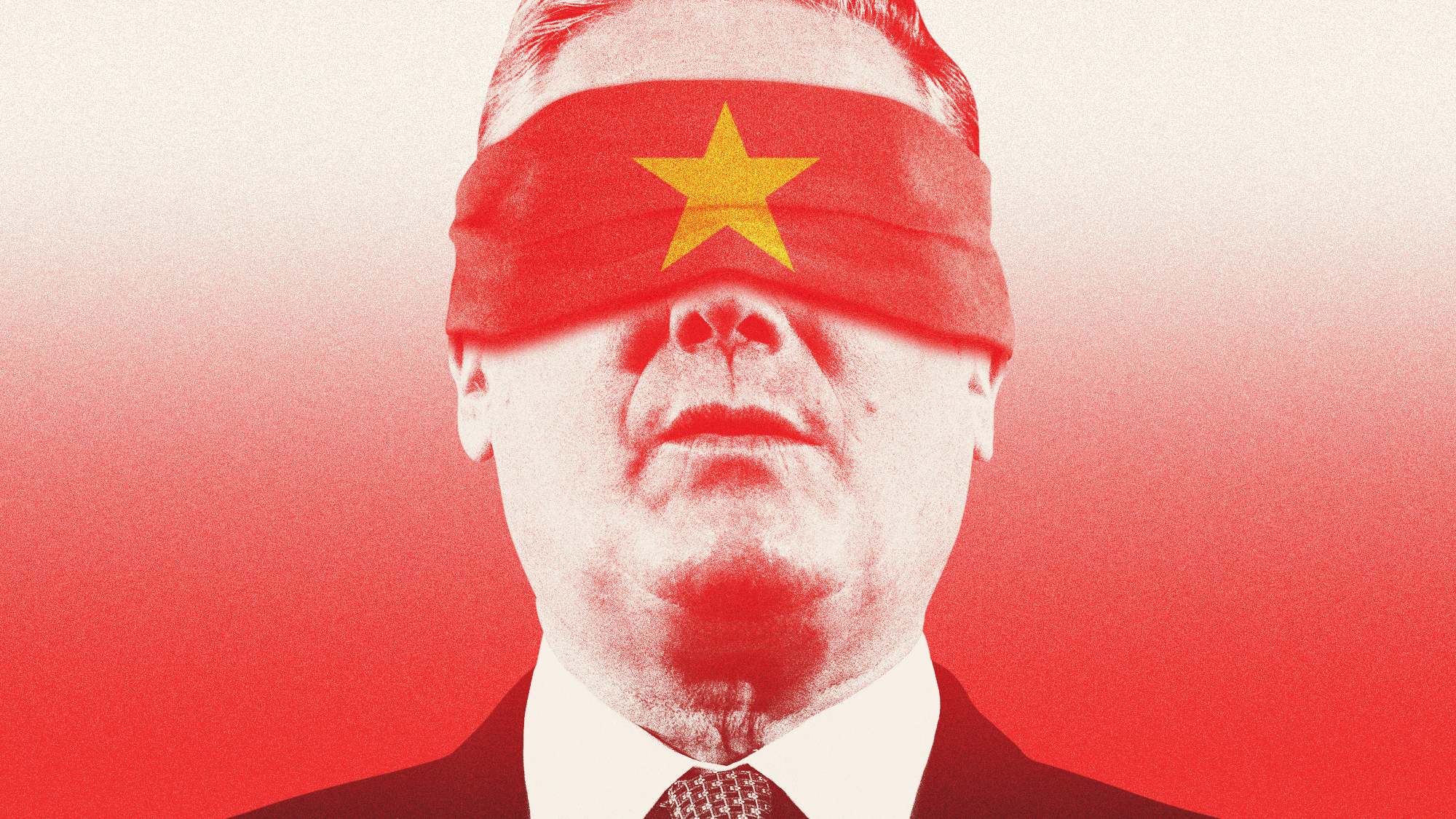 Is Keir Starmer being hoodwinked by China?
Is Keir Starmer being hoodwinked by China?Today's Big Question PM’s attempt to separate politics and security from trade and business is ‘naïve’
-
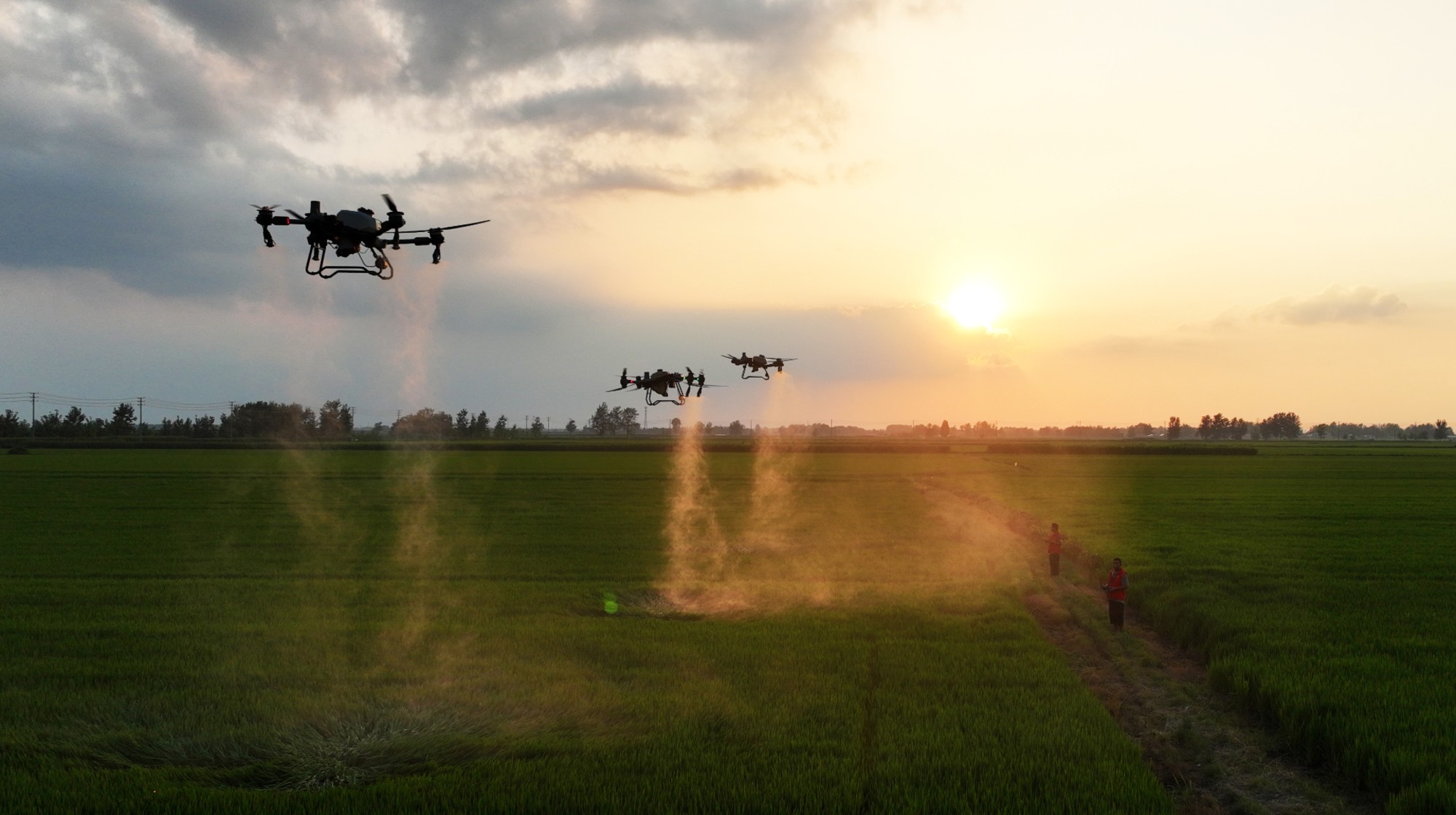 Looming drone ban has farmers and farm-state Republicans anxious
Looming drone ban has farmers and farm-state Republicans anxiousIN THE SPOTLIGHT As congressional China-hawks work to limit commercial drone sales from Beijing, a growing number of conservative lawmakers are sounding an agricultural alarm
-
 Who are China’s Westminster spies?
Who are China’s Westminster spies?The Explainer MI5 warns of civilian ‘headhunters’ trying to ‘cultivate’ close contacts of MPs and peers
-
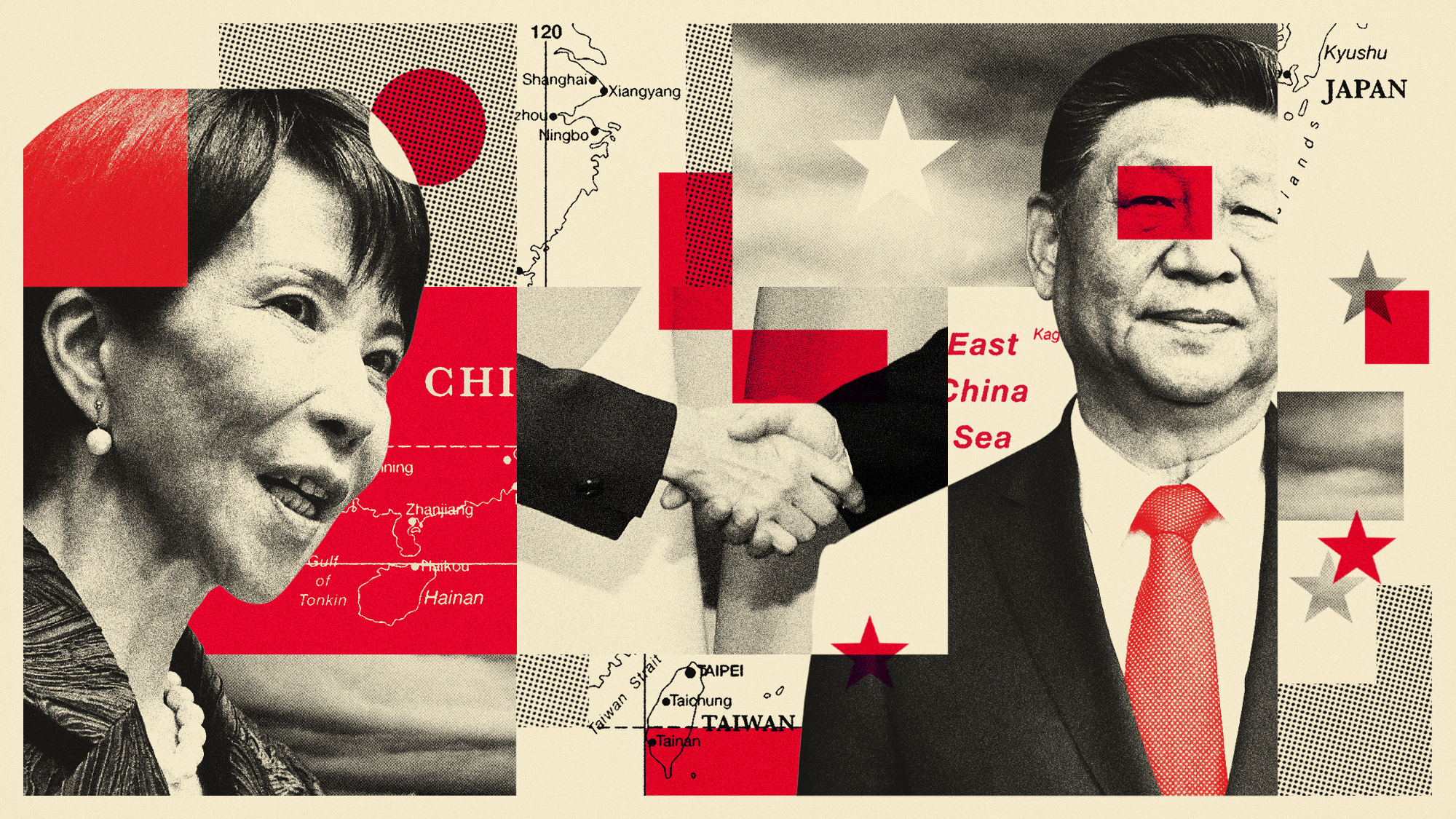 Why are China and Japan fighting over Taiwan?
Why are China and Japan fighting over Taiwan?Today's Big Question Comments on Taiwan draw Beijing's rebuke
-
 Has Zohran Mamdani shown the Democrats how to win again?
Has Zohran Mamdani shown the Democrats how to win again?Today’s Big Question New York City mayoral election touted as victory for left-wing populists but moderate centrist wins elsewhere present more complex path for Democratic Party
-
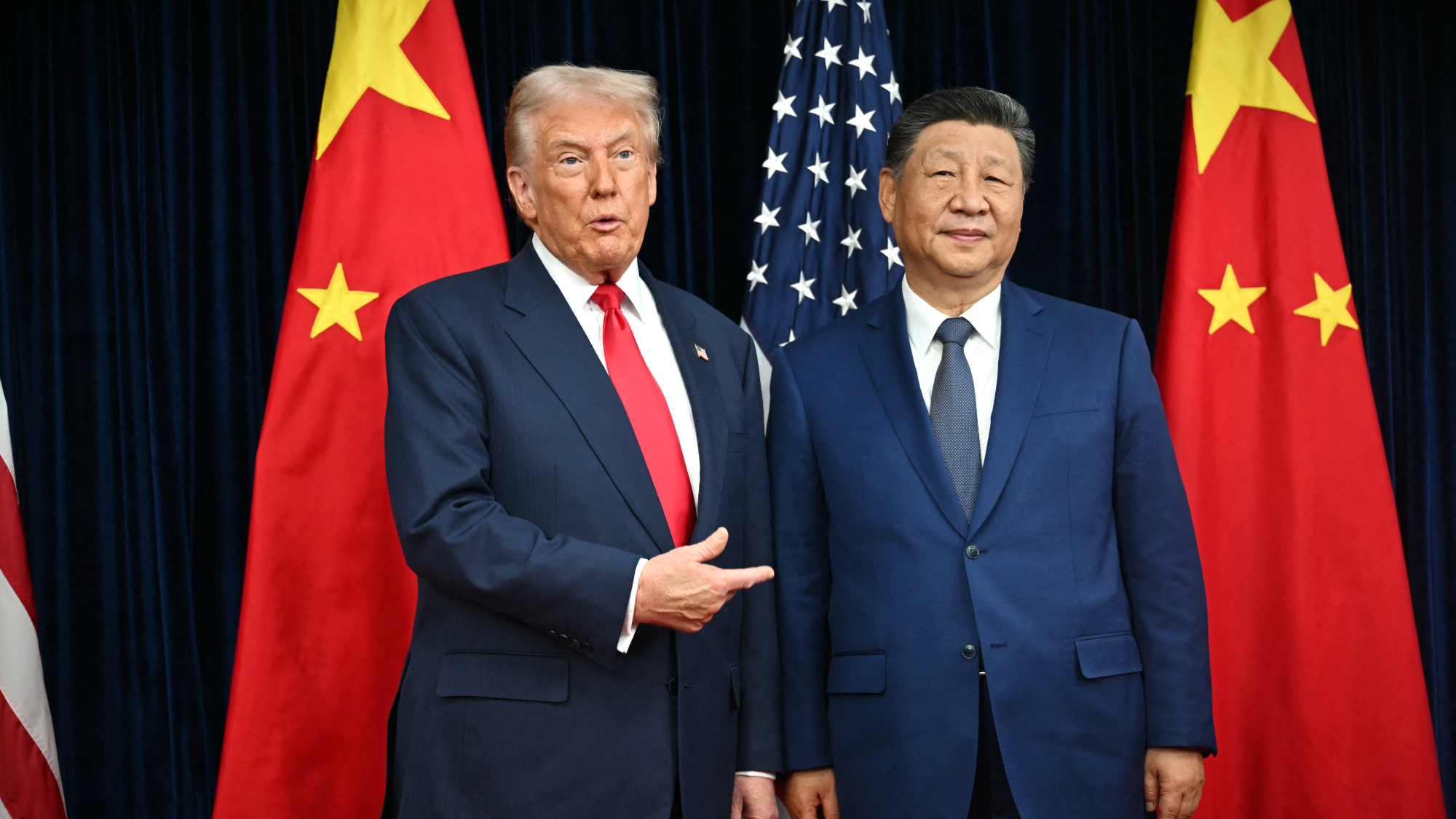 Trump ends Asia trip with Xi meeting, nuke threat
Trump ends Asia trip with Xi meeting, nuke threatSpeed Read Trump had spent the last six days in Asia
-
 Millions turn out for anti-Trump ‘No Kings’ rallies
Millions turn out for anti-Trump ‘No Kings’ ralliesSpeed Read An estimated 7 million people participated, 2 million more than at the first ‘No Kings’ protest in June

